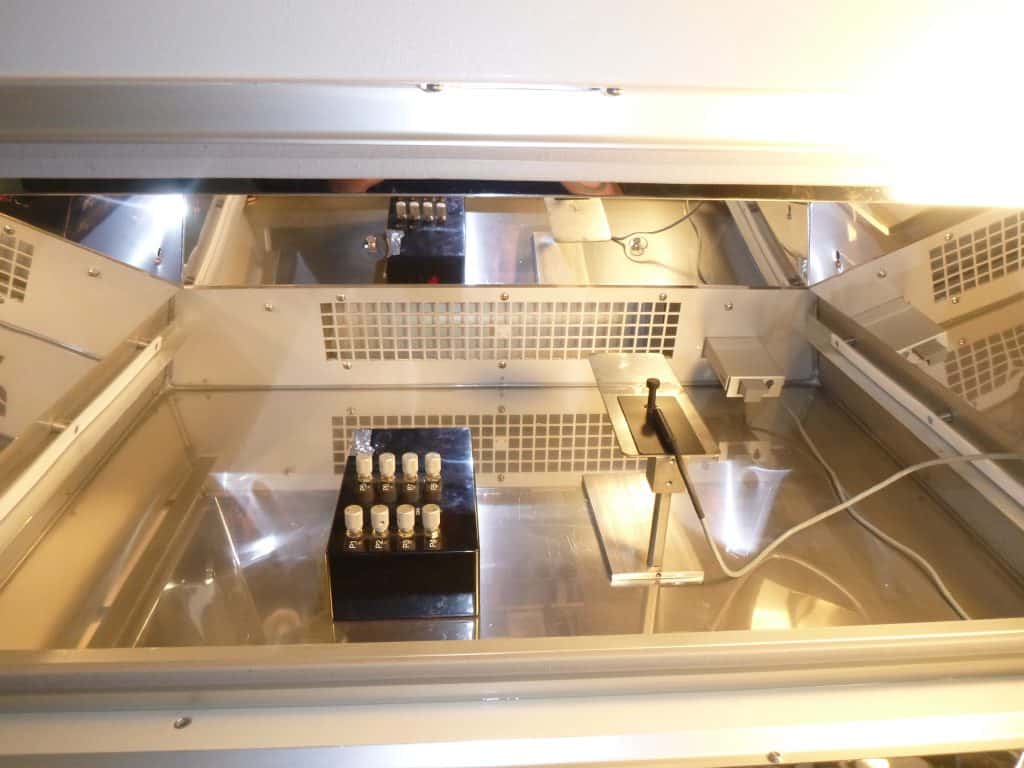
MIL-STD-810 Method 505 – Solar Radiation Testing
- Procedure I – Cycling Test
- Procedure II – Steady State Test
The heating effects are different from those related solely to high air temperature because solar radiation creates directional heating and thermal gradients. The amount of heat absorbed or reflected during solar radiation testing depends mostly on the absorptive or reflective properties of the surface being tested. In addition to the differential expansion between dissimilar materials, changes in the solar radiation intensity may also cause these materials to expand or contract at accelerated rates that can lead to more severe stresses and loss of structural integrity. Some of the heating related issues that can be caused by solar exposure are jamming or loosening of moving parts, softening of potting compounds, sweating of composite materials, loss of seal integrity, weakening of solder joints and glued parts, and changes in strength, appearance and elasticity of materials.
In addition to the heating effects mentioned above, some photo degradation (actinic) effects from solar energy can be caused by other portions of the spectrum, especially shorter wavelengths such as ultraviolet light. The rate at which this degradation occurs generally increases as the temperature rises. The following are some examples of deterioration that can be caused by actinic effects of solar radiation:
- Checking (cracking), chalking and fading of paints
- Fading of fabric and plastic color
- Deterioration of natural and synthetic elastomers and polymers through photochemical reactions